My Mother died a couple of years ago at 96 and was still living in her own home. She and my father emigrated in the 1950s.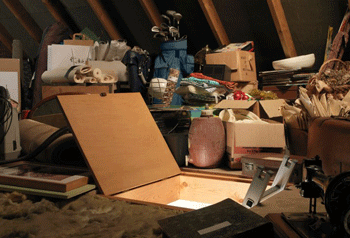
She had a fine mind and a prodigious memory – still completing the Guardian crossword each week. Masses of papers and their memories came to New Zealand over the years.
Mother did a fine job of sorting things so when we came to preparing her house for sale, her desk, under her bed, in the cupboards were masses of named envelopes (all recycled). It wasn’t only the financial and business “stuff”, but also family history files, photographs, important correspondence, cards, copies of her poetry, plays etc.
In today’s world, it was a well-ordered filing cabinet all about the house.
All I needed to decide was what we needed to keep, process and store!
In the next couple of newsletters, I will share with you how I went about what can be a very daunting task.
You might be asking, ‘Why bother?’
Here are the 4 main reasons that kept me focused.
- To help the downsizing process
- To collect together resources that may have future use
- To identify and collect one’s own memories and treasures
- Taking responsibility (if not me, who?)
If you are starting out to sort out or archive the items that tell your life story, identifying photos is a good catalyst.
Here are a few tips:
Loose Photos
Make a few rules (criteria) for yourself.
- Do you know all the people in the photo?
- Do you really need duplicates (or very similar photos)
- Is the photo in good condition
- Is the photo an important occasion in your family’s life?
You will need clear file plastic sleeves, write-on labels and a way to store them e.g. ring-binder folders.
Label the plastic sleeve with the name of the photo/s and the date.
The sleeves can be bought in boxes and although they are not purely archival, they are good enough for this purpose.
If the photos are too big you can use oven bags. Loose photos on the same subject can all be put in one sleeve. (Put a bit of cellotape over the top to discourage them from falling out.)
NB: Two cautions.
- Don’t be tempted by zip-lock bags – the plastic won’t allow the bag to breathe;
- Similarly, avoid lamination. Laminate a copy if you want to – but not the original as the lamination process will eat away the photograph.
Photograph Albums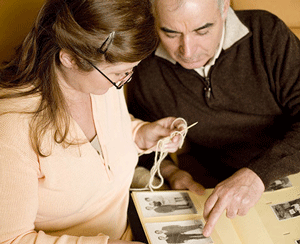
Name, date, subject are SO important.
I have started naming hard copy photos with my 4-year-old granddaughter. She loves seeing pictures of her mother as a baby and during her childhood – and of course, neither may remember who the people are in years to come. This is a time for stories, memories and so much fun one-to-one with a grandchild. Maybe they may even be able to do the writing.
NB: Those albums of the ‘80s which have a type of sticky cellophane over the photos need to come out. As with lamination, that cellophane eats away at the photos. Treat them as you would your loose photos.
There is so much more to share and next month I will bring you tips about sorting and archiving slides, digital photos, diaries and papers.
Have fun!
 Rosalba Finnerty, Family Archivist.
Rosalba Finnerty, Family Archivist.
Do you have some questions for Rosalba or tips you would like to share? Please leave us a comment below.

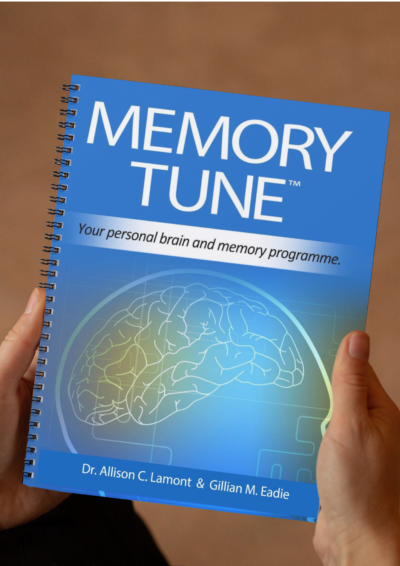
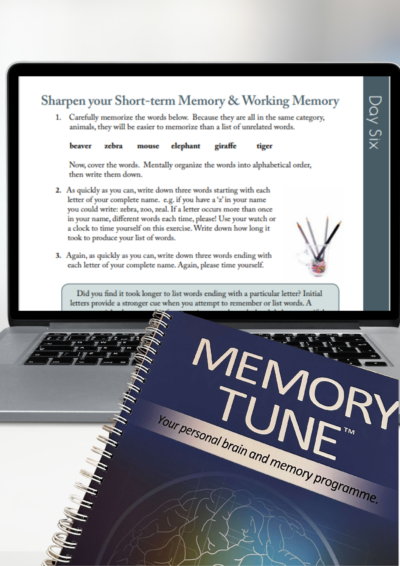

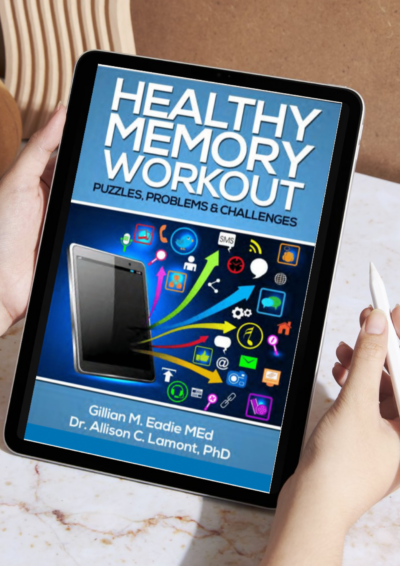
I have heard that photos ‘stuck’ in those albums of the 80s can be loosened by using a hair dryer, but I haven’t actually tried it. What do you think?
Love your hints and suggestions. I set up and keep adding to this simple Life Log as I recall events and dates, to match with photos.
My Life Log is just a 3 column table showing month and year, and I include any public events that were significant and memorable to me (and which might have actual dates which can be checked against more reliable records) to link them with personal events, as well as the dates of undated photos. e.g. the holiday at the Prom was just after we bought the new car, or that we heard the election result from Perth.
The table can be continually updated and re-sorted into chronological order, as the info gradually comes to light!
Have also used this with older people’s recollections where sometimes dates and sequences get very jumbled. Before/ During/After the war are very significant bookmarks.
1982 03 R&R wedding
1982 05 J elected to Council
1982 07 SM dies
1982 09 J&N overseas UK Austria
1983 Hawke govt elected
1983 01 MJ&P move house next door
1983 01 Tassie bike ride
1983 03 PK graduation
1983 03 Peace rally in city with G,K,R&V
1983 04 TH birth-day
1983 06 MO – knee replacement
1983 06 KB birth-day
1983 09 BL goes overseas for a year
1983 10 JJ – 21st birthday
1984 12 Xmas at beach
1984 12 AB moves to nursing home
1984 $1 coin introduced
1985 02 New job at CTH
1985 03 EH birth-day
1985 06 Dad retires
1985 07 Team wins Footy Premiership
Jenny
Oh my goodness, you are so organised Jenny. I love the way that everything links and can be sorted by fields. Your family will forever be blessing you.
Rosalba
Dorothy, I have obviously never stuck the photos in hard enough (or they have been old) and they have lifted off easily…. although I have used a heated blade underneath the corner sometimes to get the process started. I have never tried the hair drier – so I can’t advise. I would be trying it on a photo I don’t want to keep though first. Good Luck. Rosalba.
I’d love to be kept up -to-date. :)
How do i get information on what I did in 1964
Do you have some old photos you could use as memory cues? Some acquaintances from those days you might chat with? School and work records, letters you may have kept? Once you start digging, it is amazing what you can find – activating the brain connections to those older, unused pathways will be the key. Jot down a timeline of what you find. Have fun!